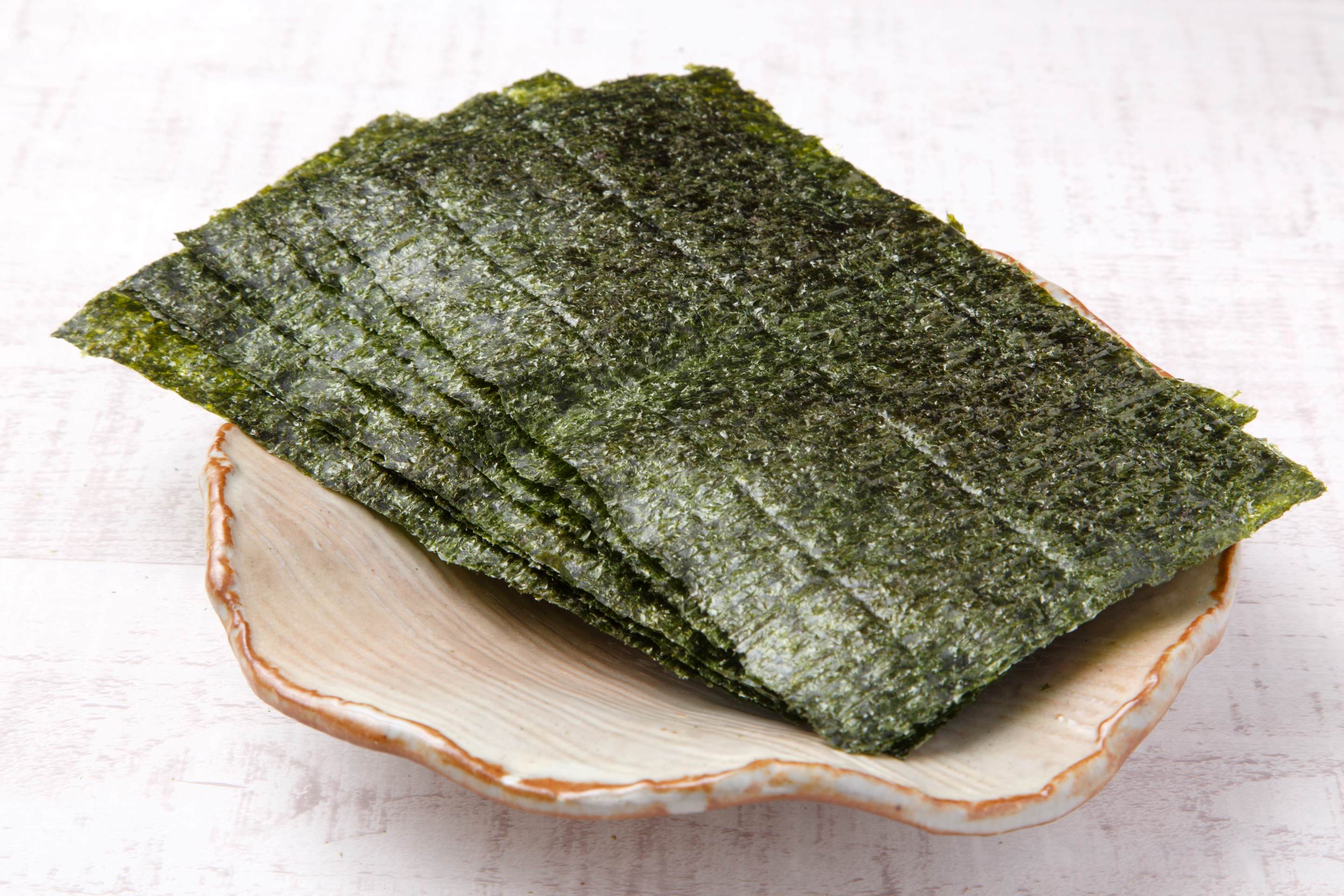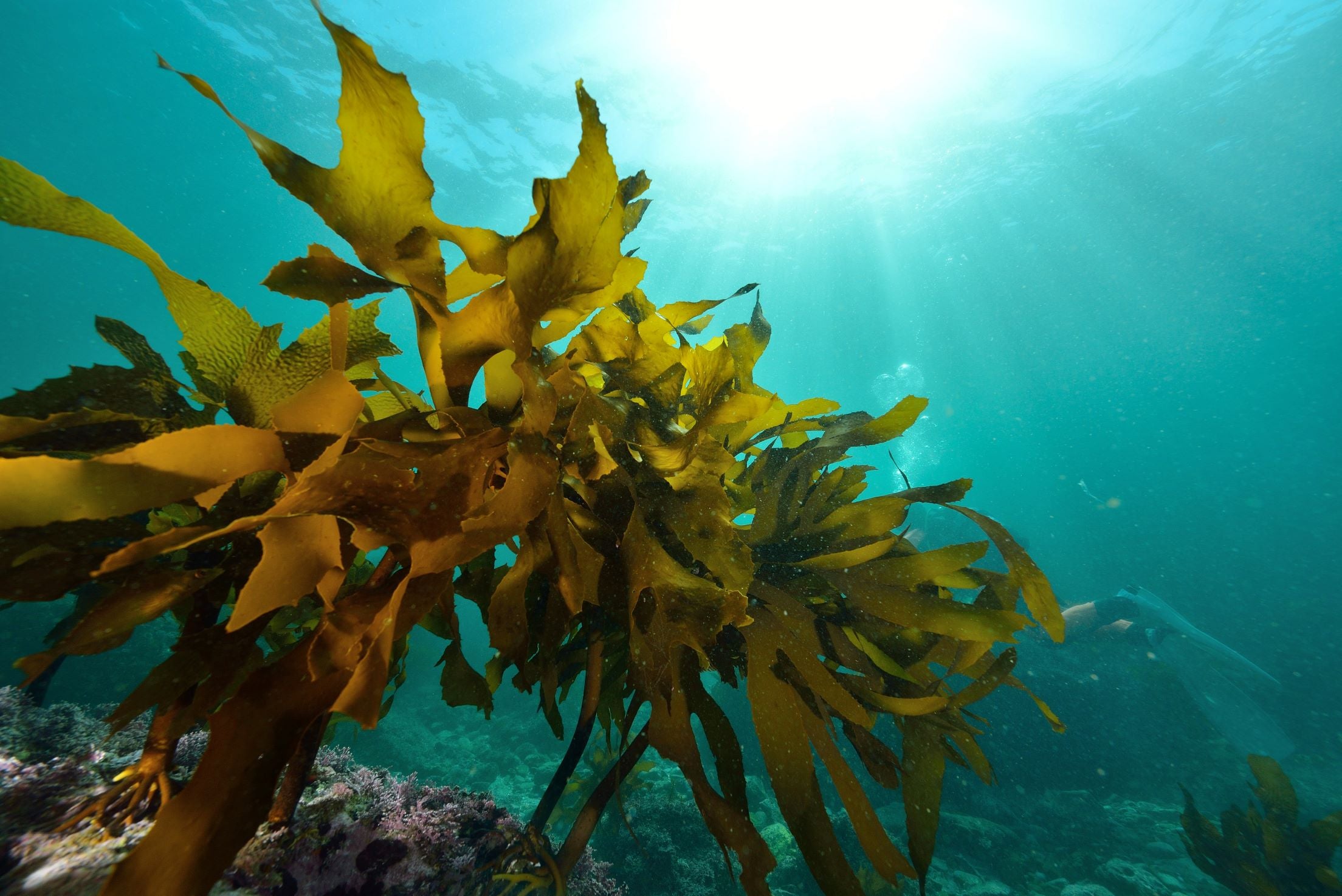
The origin and history of seaweed | Seaweed trivia | Yamamotoyama for all things seaweed
What is Nori?
Nori is a food made from processed red and green seaweed that grows along the coasts of the ocean. It is cultivated at sea, harvested at the right time, processed, and served on the dinner table as "nori". It has been a familiar part of the Japanese dinner table for a long time, and is eaten in various forms, such as as a side dish with rice, as a filling for onigiri rice balls, and as nori for hand-rolled sushi.

The History of Nori
Nori has a long history as a traditional Japanese food ingredient that has been used by people since the Jomon period. However, before the Edo period, people mainly gathered seaweed that grew naturally and ate it, and production was limited.
From the Jomon period to the Heian period
Nori, the origin of seaweed consumption and highly valued
Seaweed such as Eisenia bicolor and Sargassum arame has been discovered in ruins dating from the Jomon to Yayoi periods. It is believed that these seaweeds were dried and eaten as is, or added to stews and soups.
The Kojiki and Nihon Shoki record that seaweed was presented to the imperial court as a tribute. At the time, it was fresh seaweed, not the dried seaweed we have today. It seems that it was highly valued as a precious food ingredient.
During the Heian period, seaweed began to appear on the tables of the nobility, and nori was one of them. Around this time, the technology to dry and preserve nori was developed, and nori began to be produced all over the country.

Edo period
The beginnings of seaweed farming and its arrival on the dining tables of ordinary people
The history of nori production took a major turn during the Edo period.
Tokugawa Ieyasu was apparently a big fan of seaweed, and was delighted when fresh seaweed was presented to him. From there, seaweed farming began in Tokyo Bay, mainly in Shinagawa and Omori, and seaweed became a familiar food ingredient as a specialty of Edo.
In particular, "Asakusa nori" produced in Tokyo Bay was popular among Edokko. Around this time, norimaki and seasoned nori also appeared, and the variety of nori expanded further. At the end of the Edo period, roasted nori was born.

After the Meiji Period
Advances in aquaculture technology and the rise of processed foods
In the Meiji era, the British woman Drew elucidated the ecology of Nori, which led to rapid advances in Nori cultivation technology. Nori production increased dramatically, and it became an even more familiar food for the common people. In addition to sheets of Nori, various processed products such as seasoned Nori and Nori Tsukudani were developed. In recent years, with the rise in health consciousness, Nori is being reevaluated for its high nutritional value.

summary
How was it?
Nori has continued to thrive throughout Japan's history, and is now attracting attention not only in Japan but also around the world, as the nori industry continues to grow.
Nori seaweed is a traditional Japanese food ingredient that has been used by people since the Jomon period. Although the production methods and consumption patterns have changed over time, it continues to be a beloved addition to the dining table.
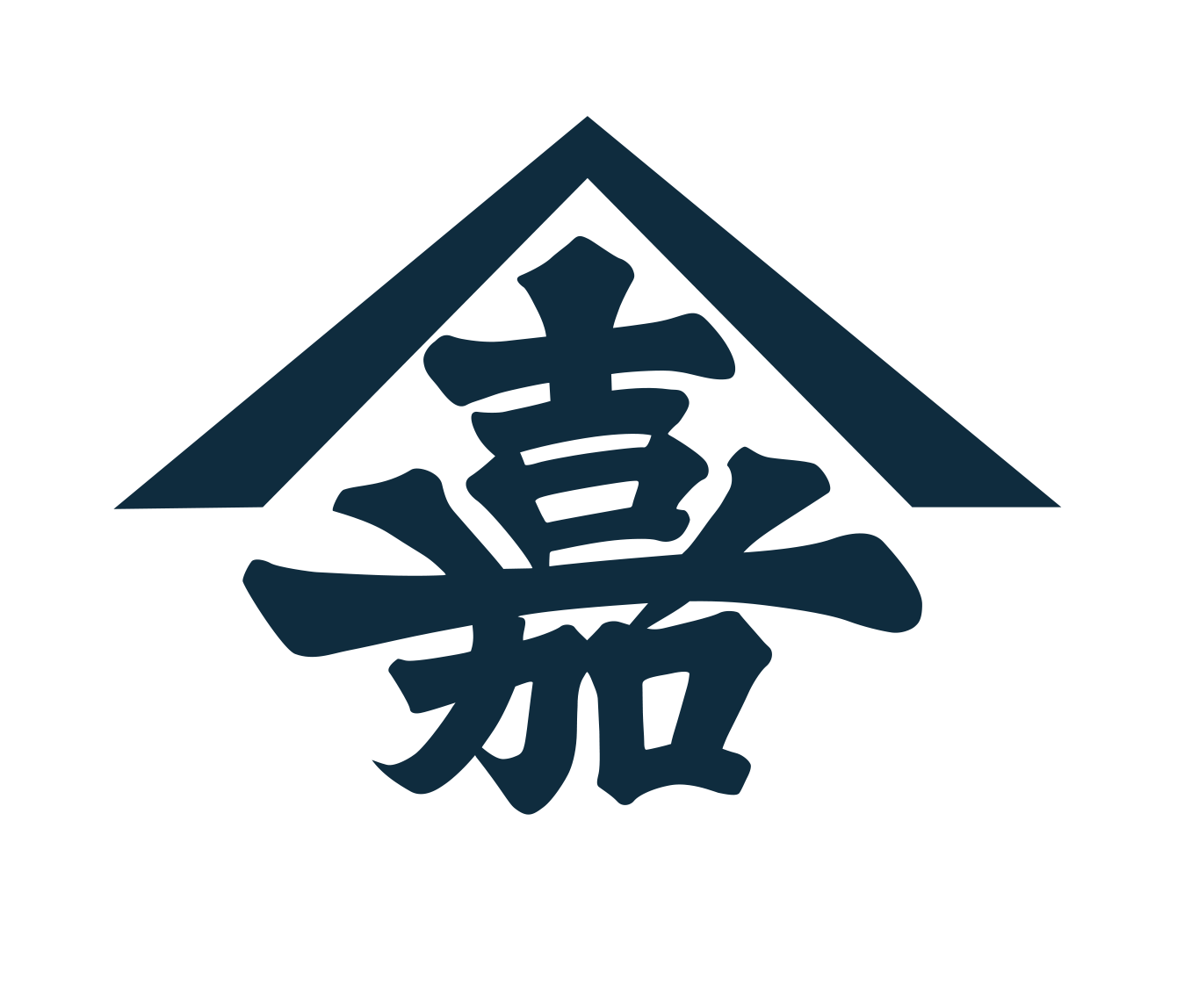
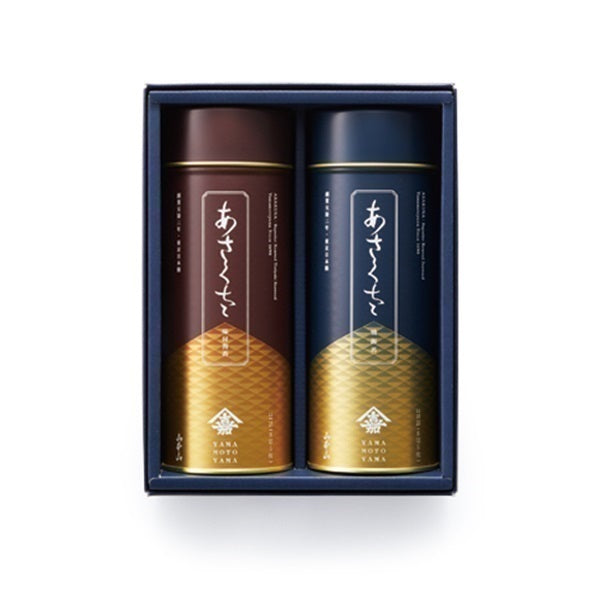

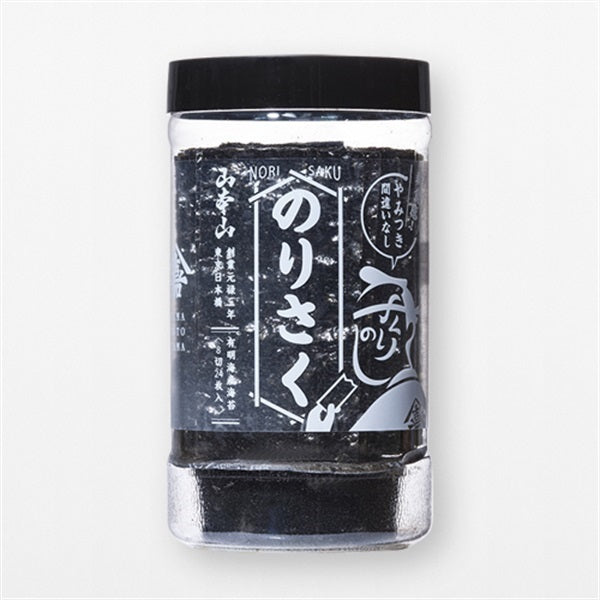
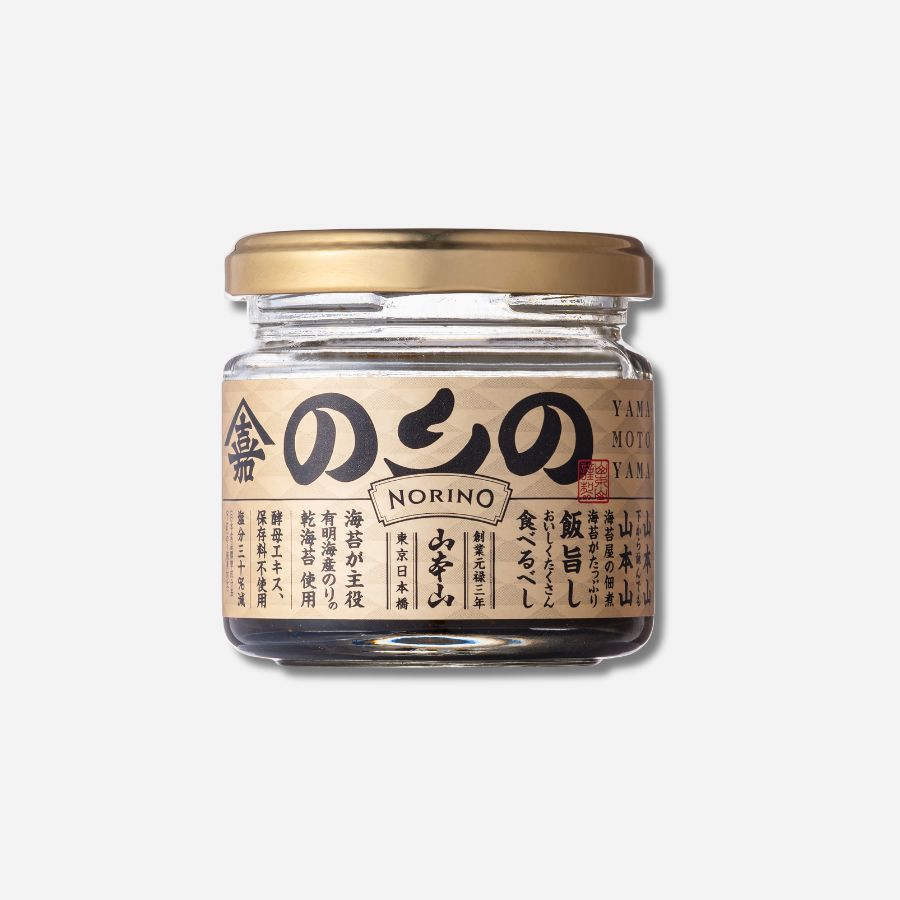
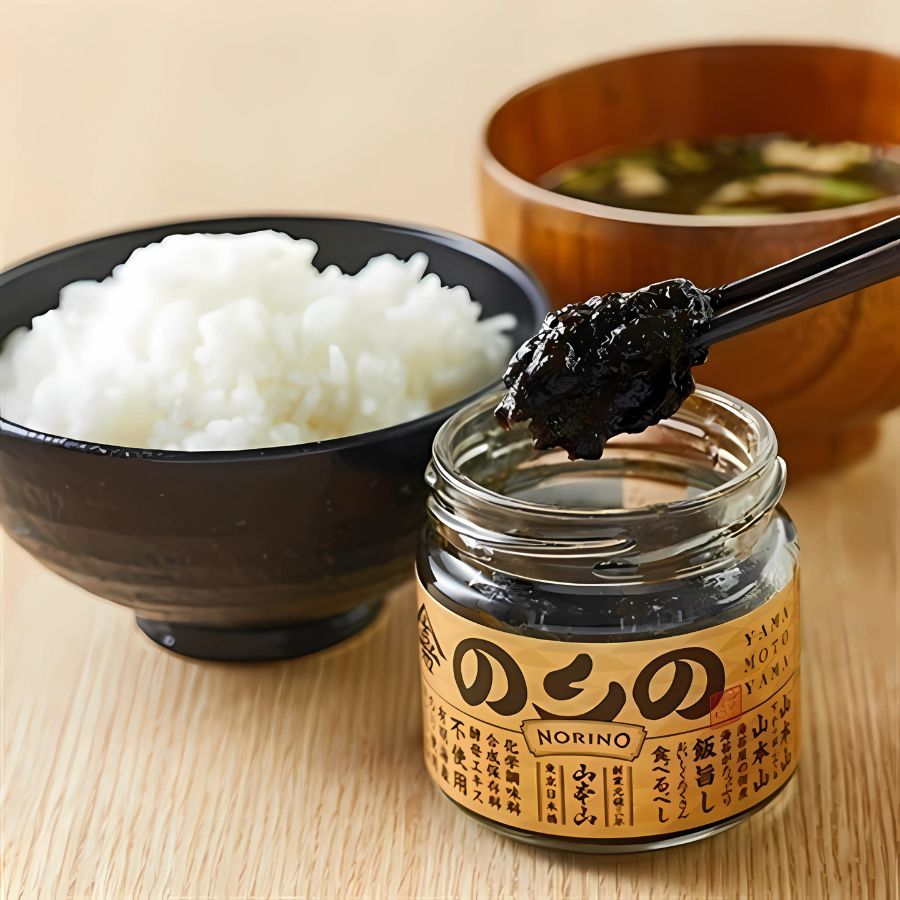

![[Sarashina Horii x Yamamotoyama] Gyokuro tea soba](http://yamamotoyama.co.jp/cdn/shop/files/SOBA.jpg?v=1764510208&width=900)
![[Sarashina Horii x Yamamotoyama] Gyokuro tea soba](http://yamamotoyama.co.jp/cdn/shop/files/SOBA_1.jpg?v=1764510208&width=900)
